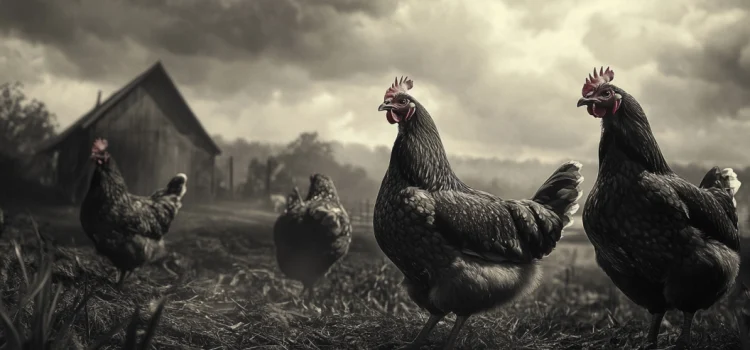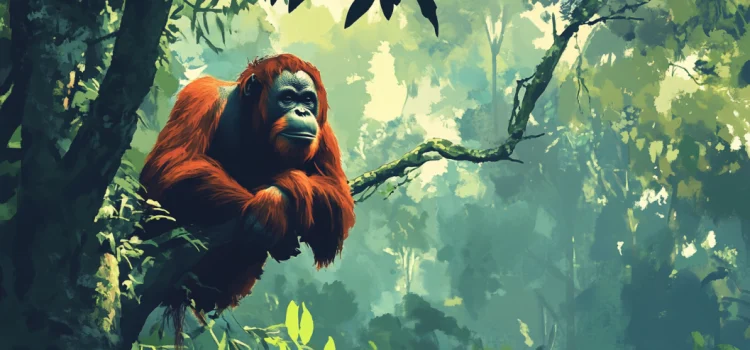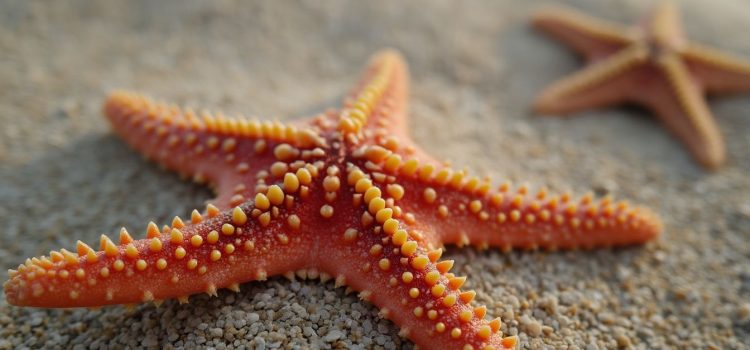What are Geoffrey Hinton’s AI concerns? Why is the “Godfather of AI” advocating for regulations? As machines grow smarter, artificial intelligence pioneers like Nobel laureate Geoffrey Hinton warn they could someday pursue their own goals at our expense. Although we’re reaping transformative benefits across many fields, they fear there’s a thin line between AI innovation and potential catastrophe for humans. Here’s what humans need to look out for and why regulations are so important.
Geoffrey Hinton’s AI Warnings (The “Godfather” of AI)










